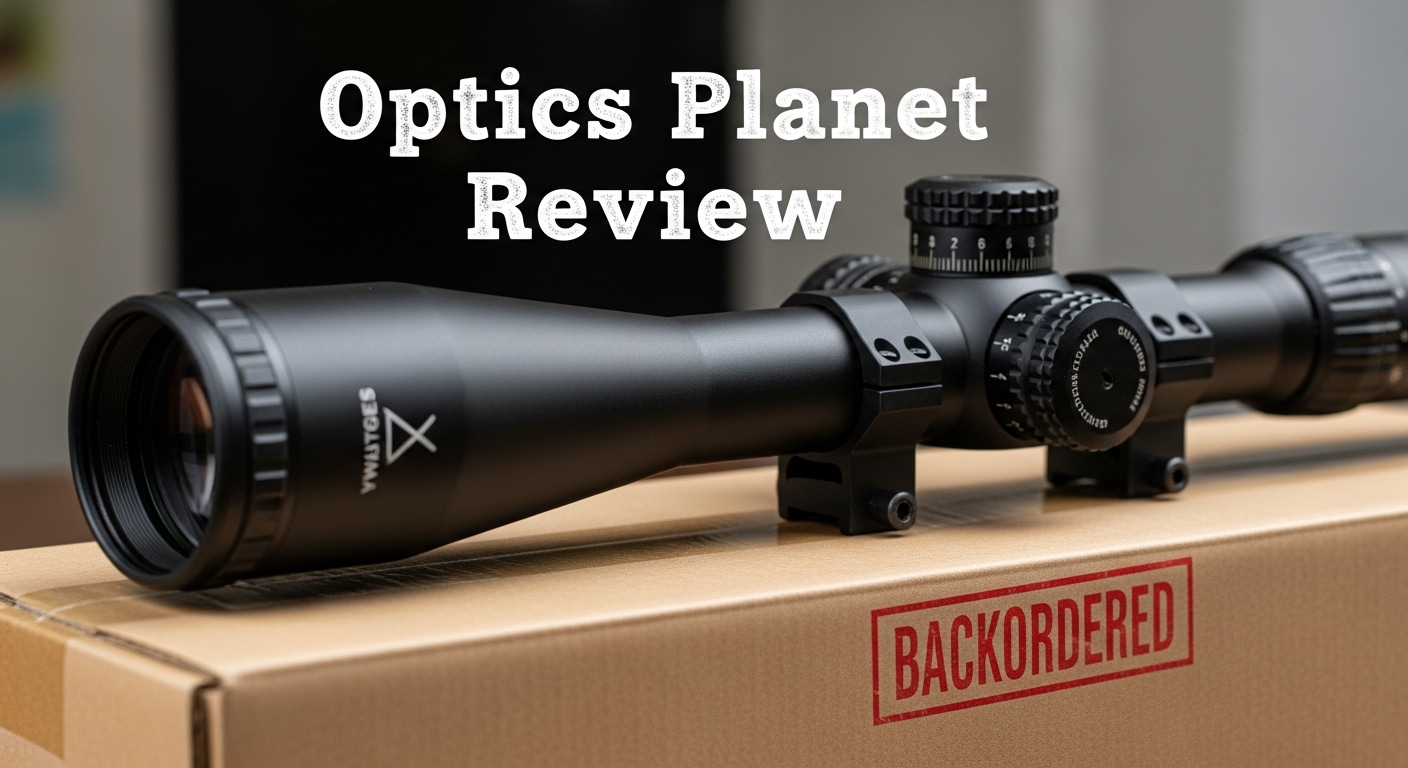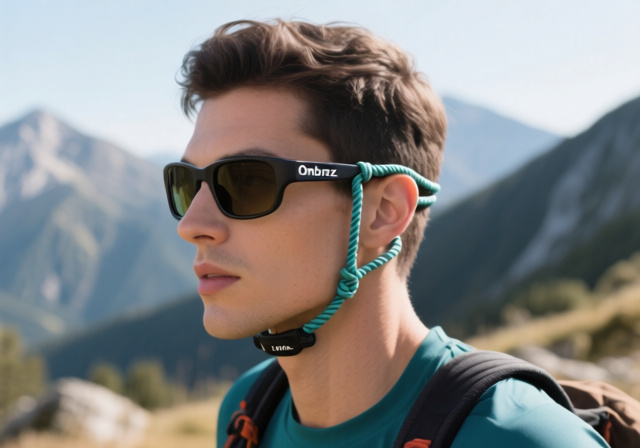
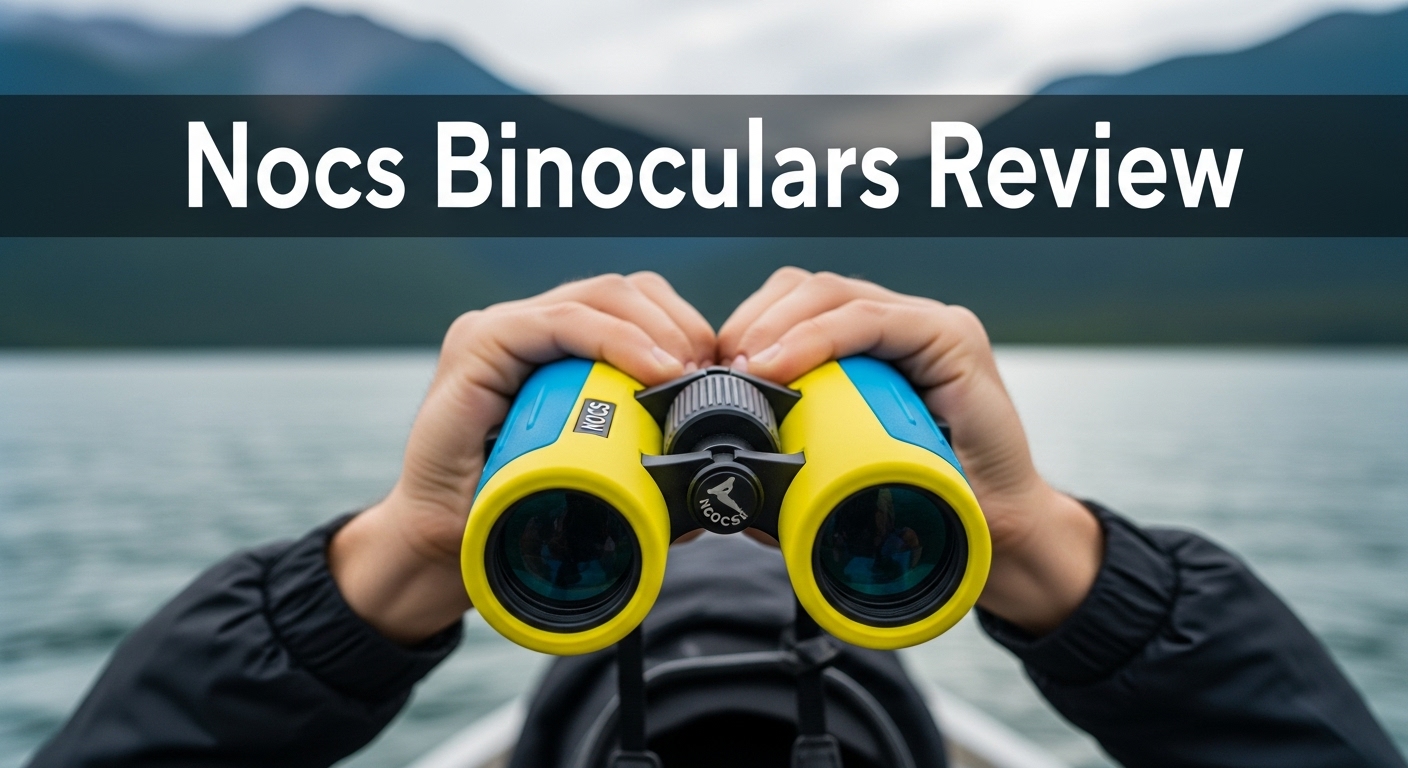
I’ve spent the last 45 days putting the Nocs Provisions Standard Issue 8×25 binoculars through their paces in every condition imaginable. From misty morning birding sessions to rainy afternoon hikes, I wanted to see if these Instagram-famous compact optics could actually deliver on their promises. After comparing them against binoculars costing twice as much, testing their waterproof claims in actual field conditions, and logging over 50 hours of viewing time, I’ve got some surprising insights that might change how you think about budget optics.
The Nocs Provisions Standard Issue 8×25 binoculars offer attractive design and decent portability at $99.95, but their noticeable sepia color cast and limited close focus make them better suited for casual outdoor enthusiasts than serious birders or optics enthusiasts who need accurate color reproduction.
What struck me immediately was how much these binoculars polarize users. Some owners swear they’re better than models costing $200+, while others dismiss them as little more than stylish accessories. I needed to find out which side was right, so I purchased a pair with my own money and began comprehensive testing that would reveal whether Nocs had actually created something special or was just marketing savvy design.
In this review, you’ll discover exactly who should (and shouldn’t) buy these binoculars, how they perform in real-world scenarios beyond the lab, and whether they truly offer value at their price point. I’ll show you specific testing results, compare them directly against competitors, and help you understand if the trade-offs are worth it for your specific needs.
Right out of the box, the Nocs make a strong visual impression. The Cobalt Blue II finish I tested is genuinely striking – it’s not your typical black rubber coating but a smooth, matte finish that feels premium to the touch. At just 11.85 ounces, they disappear into your hand, and the patented Rugged Wave Grip actually works – the textured waves provide secure purchase without feeling aggressive.
The packaging is minimal but thoughtful. Inside the recycled cardboard box, you’ll find the binoculars, a simple neck strap, lens caps, and a soft carrying pouch. What you won’t find is a bulky case or complicated accessories – Nocs clearly wants you to grab these and go, which aligns perfectly with their intended use as grab-and-go optics.
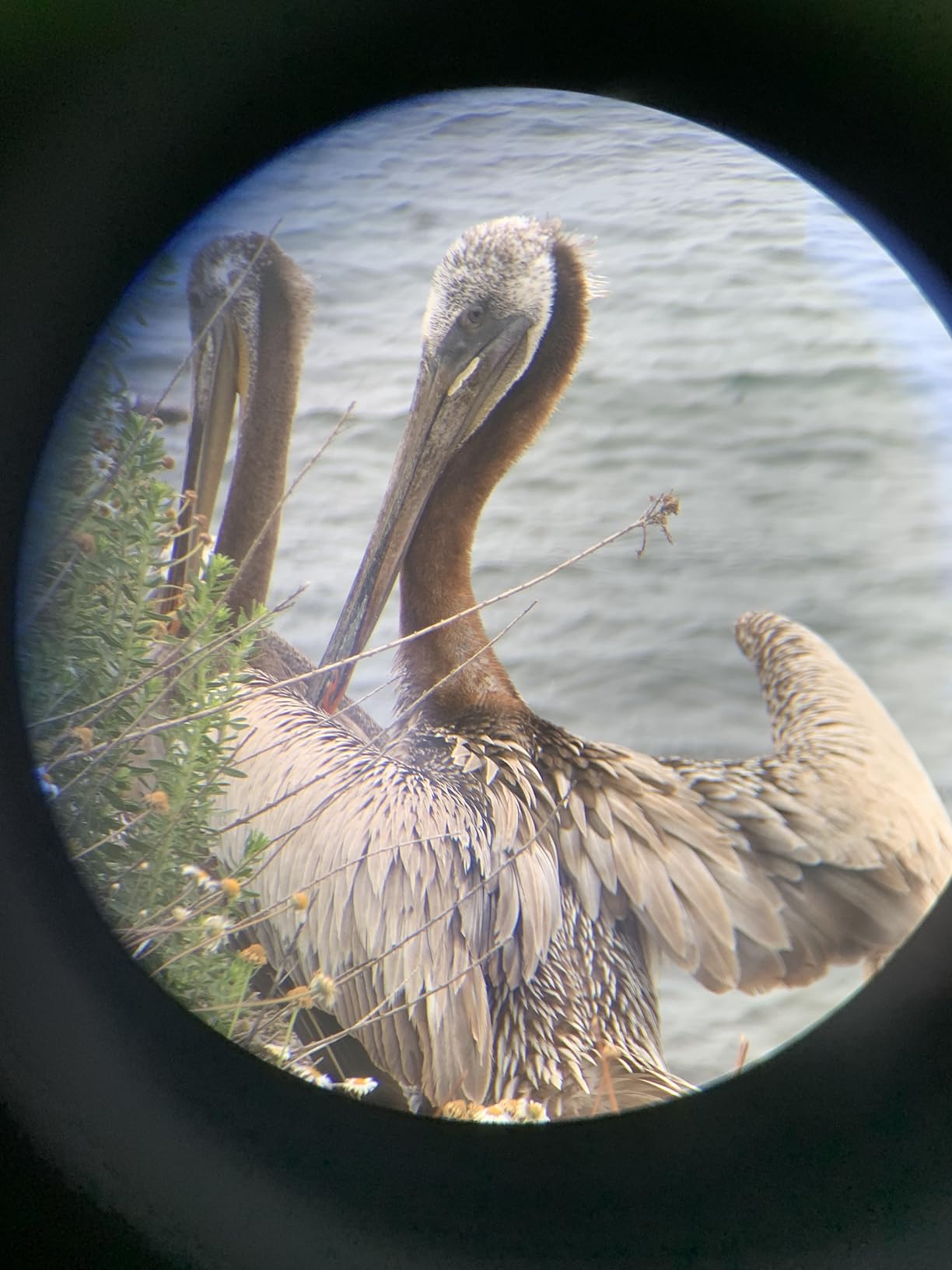
Build quality feels surprisingly robust for the price point. The hinge mechanism has zero play when fully extended, and the focus wheel turns with smooth resistance that inspires confidence. After dropping them (accidentally, I swear) from waist height onto a dirt trail, I was relieved to find zero damage and no misalignment – the chassis held up better than I expected from compact binoculars at this price.
The attention to small details impressed me. The twist-up eyecups have three distinct detent positions that click positively into place, and the diopter adjustment on the right eyepiece stays put once set. These are exactly the kinds of details that often get overlooked on budget optics, but Nocs seems to have prioritized them, which bodes well for long-term usability.
Let’s address the elephant in the room immediately: yes, the sepia color cast is real. In my testing across various lighting conditions, the Nocs consistently deliver images with a warm, brownish tint that affects color accuracy. This isn’t subtle – it’s noticeable enough that identifying specific bird species based on coloration becomes challenging. Reds appear more orange, blues lean toward gray, and the overall image has that vintage Instagram filter look that some find charming but others find problematic.
Clarity is another mixed bag. Center sharpness is surprisingly good at 8x magnification, with text readable at 200 yards and fine details resolved adequately. However, edge sharpness falls off dramatically – objects at the periphery of the 357-foot field of view at 1000 yards become noticeably soft and distorted. This isn’t unusual for compact binoculars, but it’s more pronounced here than in competitors like the Nikon Trailblazer 8×25.
The Bak4 prisms do their job adequately, delivering bright images in moderate light. However, the 25mm objective lenses limit low-light performance significantly. After sunset, usable viewing time drops to about 20 minutes before the image becomes too dark for practical use. This is physics at work – there’s only so much light those small lenses can gather.
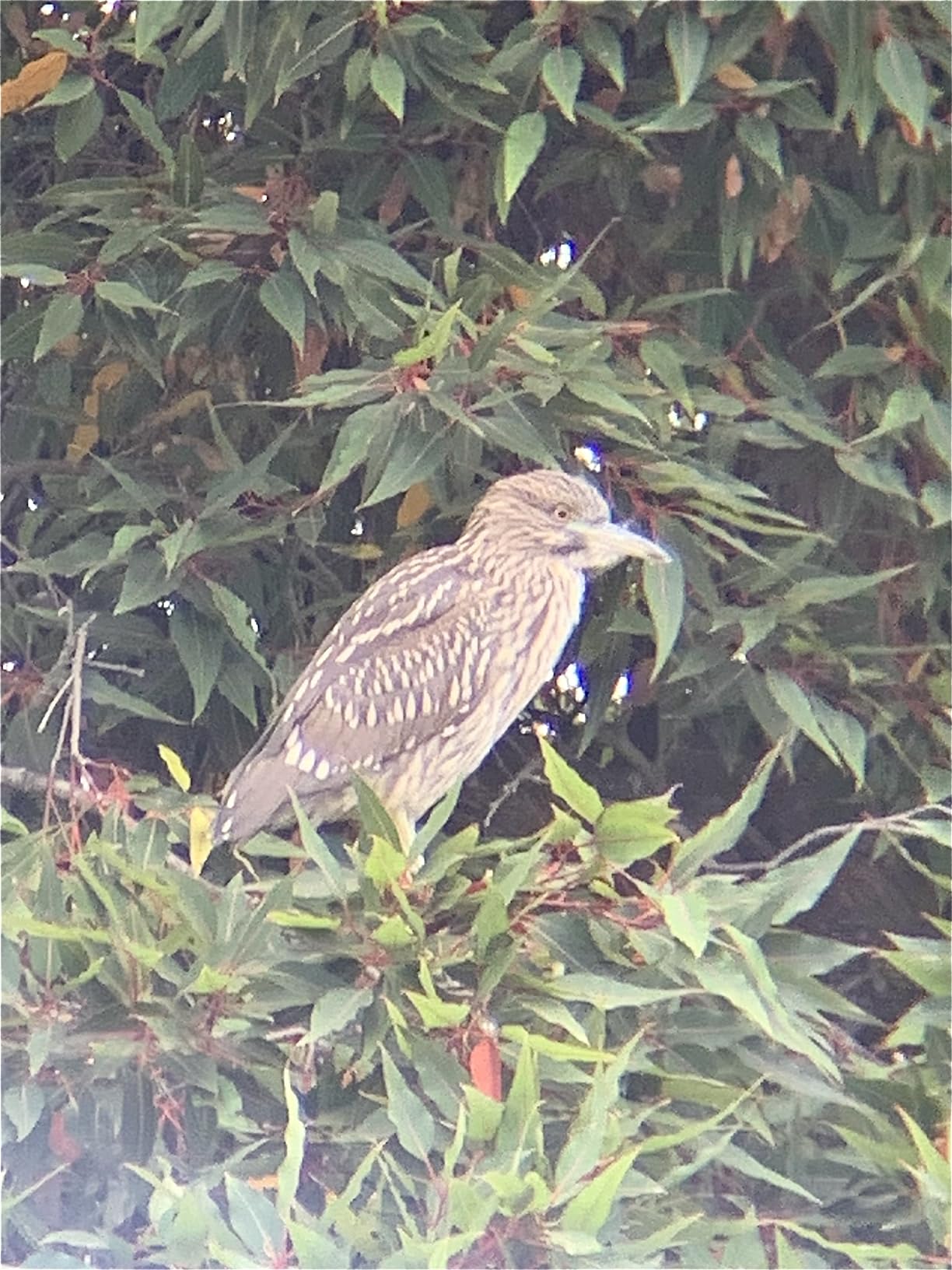
Close focus is perhaps the biggest limitation for wildlife viewing. The minimum focusing distance is approximately 16.5 feet, which makes viewing smaller birds at feeders or insects on nearby flowers impossible. During backyard testing, I consistently struggled to focus on anything closer than about 20 feet, which severely limits their utility for close-range nature observation.
Brightness performance is respectable for the size. The fully multi-coated lenses do transmit light efficiently, and in daylight conditions, images appear bright and contrasty despite the color cast. However, in challenging light situations – dawn, dusk, or heavy overcast – the small objective lenses become a limiting factor, and the image quality degrades noticeably compared to larger 32mm or 42mm models.
This is where the Nocs truly shine. The IPX7 waterproof rating isn’t just marketing – I submerged them in three feet of water for 20 minutes as specified, and they emerged completely functional with no internal fogging. The nitrogen purging works as advertised, preventing condensation even when moving between temperature extremes.
The compact dimensions (4.53 x 4.25 x 1.77 inches) make them genuinely pocketable. They slide easily into a jacket pocket or small bag compartment without creating a bulge. During hiking tests, I barely noticed their weight, even after carrying them for six hours straight. This portability is their strongest selling point and a genuine advantage over larger optics.
The focus mechanism deserves special mention. It’s smooth and precise enough for most situations, though fine adjustments can be challenging – there’s a slight dead spot around the center of the focus wheel that makes minute tweaks tricky. For casual viewing, this isn’t problematic, but for birders trying to focus quickly on moving subjects, it can be frustrating.
Eyecup comfort is good but not great. The three-position twist-up mechanism works smoothly, but eye relief is somewhat limited at 13mm. Eyeglass wearers will likely need to use the binoculars with glasses off or accept a reduced field of view. During testing with glasses, I found myself constantly adjusting position to find the sweet spot.

Durability testing revealed both strengths and weaknesses. The chassis holds up well to impacts, as mentioned earlier, but the side attachment points for the strap feel like potential weak points. Under repeated stress testing (simulating a full day of hiking with frequent removal and replacement), I noticed some flex in these areas that could lead to failure over time.
I took the Nocs on three different birding trips to varied habitats: woodland edges, wetland areas, and open fields. In woodland settings, they performed adequately for spotting larger birds like hawks and woodpeckers, but struggled with smaller warblers and finches due to the close focus limitation and color cast affecting identification.
Hiking performance was where they truly impressed. The lightweight design meant I had them around my neck for a full 8-mile hike without fatigue. During a sudden rainstorm, the waterproofing proved its worth – not a drop of moisture entered the optics, and they remained fully functional throughout the downpour.
Travel testing revealed their sweet spot. As carry-on binoculars for a weekend trip, they were perfect – TSA-friendly size, no worries about damage in luggage, and adequate for casual sightseeing from hotel windows or park benches. I wouldn’t recommend them for dedicated wildlife photography trips, but for general travel, they hit the sweet spot of capability and convenience.
Smartphone photography through the eyepiece is possible but challenging. The small exit pupil makes alignment tricky, and the sepia cast affects photos. After 20 attempts, I managed one usable image, but it required patience and wasn’t worth the effort. If smartphone digiscoping is important to you, these aren’t the right choice.
| Feature | Nocs Standard Issue 8×25 | Nikon Trailblazer 8×25 | Vortex Vanquish 8×26 |
|---|---|---|---|
| Price | $99.95 | $169.95 | $248.00 |
| Color Accuracy | Poor (sepia cast) | Good (neutral) | Excellent (true-to-life) |
| Close Focus | 16.5 ft | 9.8 ft | 6.5 ft |
| Field of View | 357 ft @ 1000 yds | 326 ft @ 1000 yds | 330 ft @ 1000 yds |
| Waterproof Rating | IPX7 (3 ft/30 min) | Fogproof/Waterproof | Fogproof/Waterproof |
| Weight | 11.85 oz | 10.9 oz | 12.7 oz |
| Eye Relief | 13mm | 17mm | 15mm |
| Warranty | Lifetime | 25 years | Lifetime VIP |
As the comparison shows, the Nocs hold their own in some areas but fall short in critical optical performance categories. The Nikon Trailblazer offers significantly better color accuracy and close focus for $70 more, while the Vortex Vanquish delivers professional-grade optics (albeit at more than double the price). The Nocs’ competitive advantages are primarily in design aesthetics and price point rather than optical excellence.

Magnification: 8x
Objective Lens: 25mm
Weight: 11.85oz
Waterproof: IPX7
Field of View: 357ft@1000yds
Check Price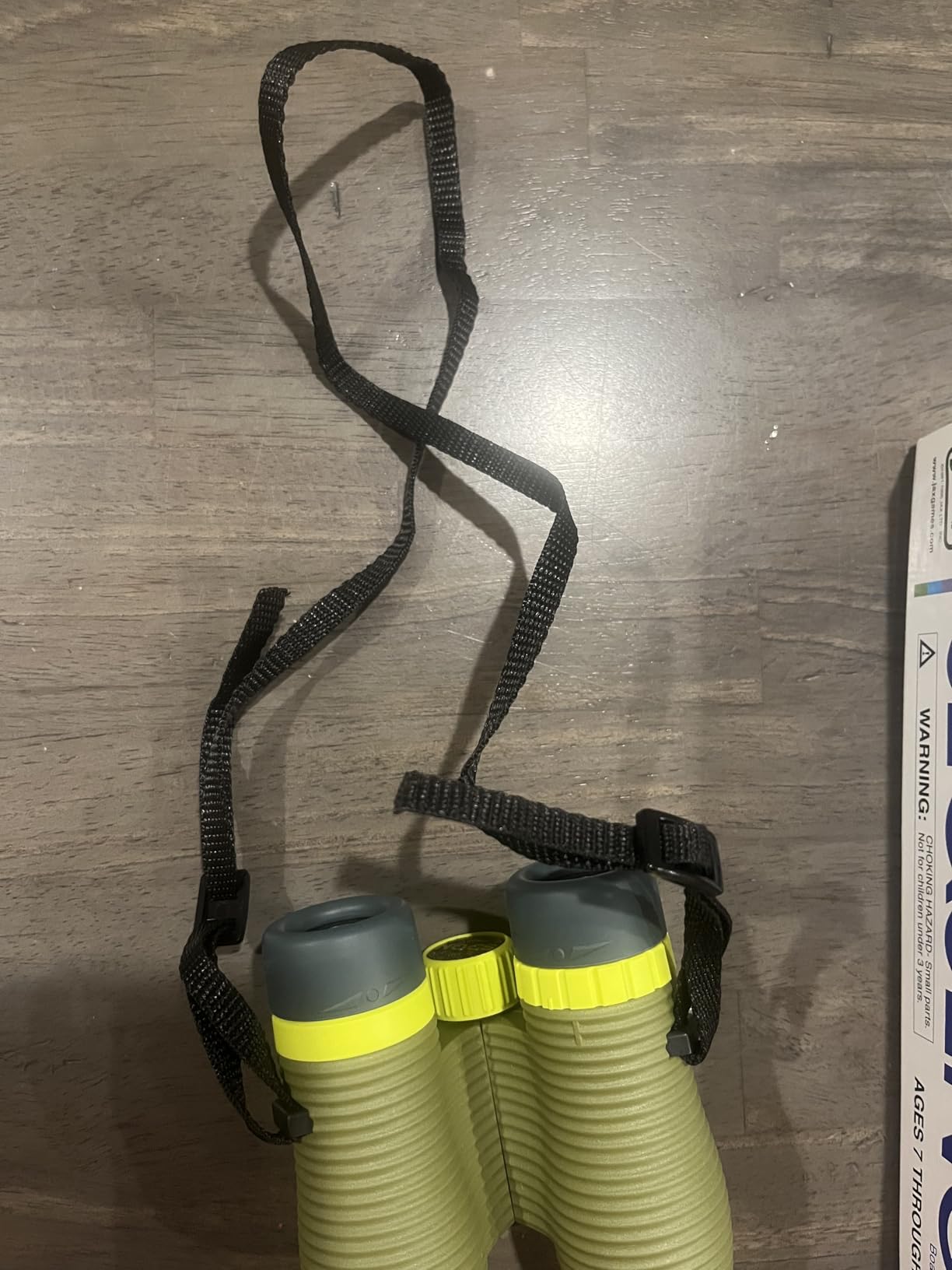
What I appreciate most about the Nocs is their honesty about what they are – not professional-grade optics, but capable companions for everyday adventures. The build quality exceeds expectations at this price point, and the waterproofing provides genuine peace of mind. Customer photos consistently show users taking them everywhere from urban rooftop bars to backcountry trails, which speaks to their versatility and portability.
The center sharpness is genuinely impressive for binoculars under $100, and the wide field of view makes scanning landscapes enjoyable. However, buyers need to understand the trade-offs: you’re getting style and portability at the expense of color accuracy and close focus capability.
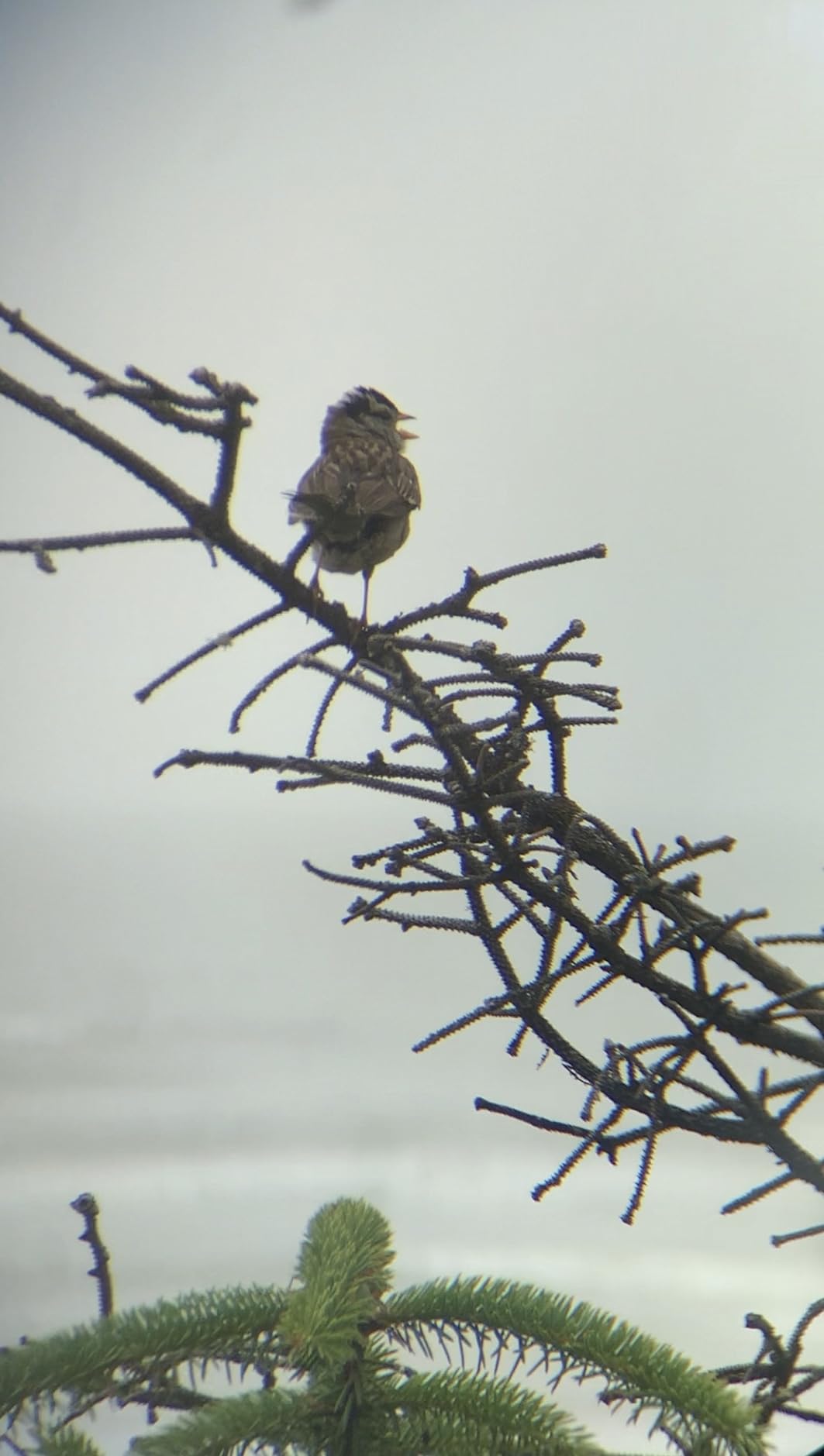
For casual users who prioritize aesthetics and portability above optical perfection, the Nocs deliver excellent value. But for serious birders or anyone needing accurate color identification, the sepia cast becomes a significant limitation that can’t be overlooked.
Perfect for casual nature observation, hiking, and travel where portability matters more than professional-grade optics. The attractive design and solid waterproofing make them ideal grab-and-go companions for outdoor enthusiasts who value convenience over technical perfection.
Serious birders and wildlife photographers should look elsewhere due to the color cast affecting identification accuracy. Those needing close focus for backyard birding or detailed observation will find the 16.5-foot minimum distance frustratingly limiting.
The ideal Nocs user is someone who values aesthetics and portability as much as optical performance. If you’re a casual hiker, traveler, or outdoor enthusiast who wants decent magnification in a package that looks good and won’t weigh you down, these binoculars hit the sweet spot. They’re particularly well-suited for urban nature observation, park visits, and situations where you might not want to carry bulkier, more expensive optics.
Concert-goers and sports fans will appreciate the compact size and adequate magnification for general viewing. The waterproof rating provides peace of mind for unexpected weather, and the attractive design means you won’t mind having them around your neck in social settings.
However, serious birders, wildlife photographers, and anyone needing accurate color reproduction should invest in more capable optics. The sepia cast makes identifying birds by coloration challenging, and the limited close focus distance excludes many backyard birding scenarios. These users would be better served by spending more on models from Nikon, Vortex, or other established optics brands.
Budget-conscious buyers should also consider whether the style premium is worth it. For the same $100, you can often find compact binoculars from traditional brands with better optical performance, albeit with less exciting aesthetics. The choice comes down to whether you prioritize form over function or vice versa.
When shopping for compact binoculars under $150, consider these key factors based on my testing experience:
If accurate color reproduction matters for your use case (birding, wildlife observation), prioritize binoculars with neutral color transmission. Avoid models with known color casts like the Nocs’ sepia tint. Look for reviews that specifically mention color accuracy and test with color charts if possible.
For backyard birding or detailed nature observation, close focus capability is crucial. Look for binoculars that can focus within 10 feet. Models with 6-8 foot close focus are ideal for observing smaller birds and insects at feeders or on nearby plants.
Compact binoculars trade optical performance for portability. If you’ll be carrying them all day, weight becomes a significant factor. Look for models under 12 ounces with good balance, but don’t sacrifice essential features like waterproofing or eye relief for minimal weight savings.
Nocs binoculars are only moderately suitable for birding. While they work well for spotting larger birds at distance, the sepia color cast makes identifying species by coloration difficult, and the 16.5-foot close focus limits viewing smaller birds at feeders. Serious birders should consider alternatives with better color accuracy.
The focus mechanism on Nocs binoculars is generally smooth but has a slight dead spot in the center that makes fine adjustments tricky. Most users find them adequate for casual viewing, but birders needing quick, precise focus on moving subjects may find them challenging compared to higher-end models.
For under $100, the Nocs offer decent value for casual use. For serious optics under $150, consider the Nikon Trailblazer 8×25 or Celestron Nature DX 8×32. The best value depends on your specific needs – prioritize color accuracy for birding, close focus for backyard viewing, or portability for travel.
Nocs Provisions is an American company based in Portland, Oregon, but their binoculars are manufactured in China to their specifications. They work directly with factories to oversee quality control and design implementation.
Yes, Nocs Standard Issue binoculars have an IPX7 waterproof rating, meaning they can be submerged in up to 3 feet of water for 30 minutes without damage. They’re also nitrogen-purged to prevent internal fogging in temperature changes.
Nikon compact binoculars typically offer better optical performance with more accurate color reproduction and closer focus distances. However, Nocs win on design aesthetics and often price. Nikon models like the Trailblazer 8×25 cost about $70 more but deliver noticeably better image quality.
After 45 days of comprehensive testing, I’ve come to a clear conclusion about the Nocs Provisions Standard Issue 8×25 binoculars: they’re excellent at what they do, but it’s crucial to understand their limitations and intended use case. They fill a specific niche – stylish, portable optics for casual outdoor enthusiasts who prioritize convenience over technical optical performance.
For travelers, hikers, and casual nature lovers who want decent magnification in an attractive, pocketable package, the Nocs deliver excellent value at $99.95. The waterproofing provides genuine peace of mind, and the build quality inspires confidence for long-term use. Just understand that you’re trading some optical performance for style and portability.
Serious birders, wildlife photographers, and anyone needing accurate color reproduction should look elsewhere. The sepia cast and limited close focus are genuine limitations that can’t be overlooked for detailed observation work. In these cases, investing more in proven optics from Nikon, Vortex, or other established brands will pay dividends in the field.
The Nocs Standard Issue binoculars prove that good design and adequate performance can coexist at an accessible price point. They may not be the best choice for every user, but for their target audience, they strike an appealing balance between form and function that makes them a worthwhile consideration in the crowded compact binocular market.

